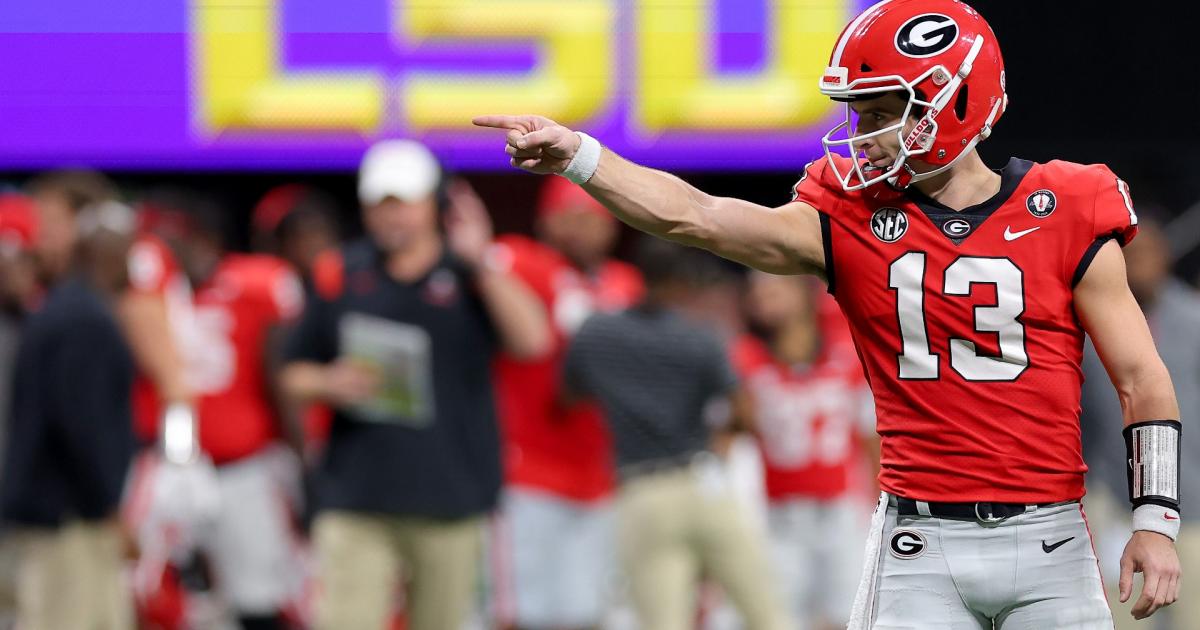Can You Tell Me the Full Form of FIFA?: Football, or as it is known in many parts of the world, soccer, is more than just a sport—it’s a global phenomenon that unites millions of fans, athletes, and nations.
Whether it’s the excitement of the FIFA World Cup, the thrill of club football, or the passion of local leagues, the name FIFA resonates with almost every corner of the globe.
But, have you ever wondered about the origins of this powerful acronym? What exactly does FIFA stand for, and how did it come to be such an influential force in the world of sports?
In this article, we will explore the full form of FIFA, its history, and the incredible role it plays in the governance of football worldwide.
What is the Full Form of FIFA?
The full form of FIFA is Fédération Internationale de Football Association. This French phrase translates to the International Federation of Association Football in English. Let’s break it down further:
- Fédération: This term means Federation in English, referring to a collective or governing body that unites different entities.
- Internationale: In English, this translates to International, indicating that the organization operates on a global scale, uniting football associations from around the world.
- Football: Referring to the sport itself, this term is used worldwide, though it’s called soccer in some countries, like the United States and Canada.
- Association: This refers to the governing body or association that oversees the regulation and management of football.
Thus, FIFA is the global authority that oversees the rules, regulations, and organization of football events across the world, making it the ultimate governing body in the sport.
The Birth of FIFA: A Brief History
FIFA was founded on May 21, 1904, in Paris, France, by seven national football associations: Belgium, France, Denmark, the Netherlands, Spain, Sweden, and Switzerland. At the time, international football matches were being played, but there was no unified organization to regulate the game and organize international competitions.
The founding of FIFA was motivated by the need for a governing body to coordinate these matches and provide a framework for standardized rules and regulations.
The first president of FIFA was Robert Guérin of France, who served from 1904 to 1906. Initially, the organization’s main goal was to facilitate friendly matches between national teams, but as the sport grew in popularity, FIFA’s responsibilities expanded.
FIFA’s Role in Global Football
Today, FIFA is perhaps best known for organizing the FIFA World Cup, the most prestigious and widely viewed football tournament on the planet. Held every four years, the World Cup brings together national teams from all over the world to compete for the ultimate prize in football.
It has become the largest and most-watched sporting event in the world, with billions of people tuning in to watch the tournament.
However, FIFA’s influence extends far beyond the World Cup. The organization is responsible for overseeing and managing international football competitions, including men’s and women’s tournaments, as well as youth and age-group competitions.
FIFA also sets the standards for the game’s rules and regulations, ensuring that matches are played fairly and according to universally accepted principles.
FIFA is also dedicated to the development of the sport at all levels, including grassroots football. It provides funding and resources for national football associations, especially in developing countries, helping to promote football across the globe.
Through its initiatives, FIFA works to encourage youth participation, improve infrastructure, and increase access to the sport for players of all ages and abilities.
FIFA and the Evolution of the World Cup
One of FIFA’s crowning achievements is the FIFA World Cup, which first took place in 1930. Hosted by Uruguay, it marked the beginning of what would become the most prestigious football tournament in the world. The tournament is held every four years, except in cases of global conflict such as World War II, which led to the cancellation of the 1942 and 1946 tournaments.
Over the decades, the World Cup has evolved from a relatively modest event into a massive, month-long celebration of football. The first World Cup had just 13 teams, but today, it attracts 32 teams (set to expand to 48 teams in 2026) from every corner of the globe. The World Cup’s popularity has grown exponentially, with the 2018 tournament in Russia drawing a television audience of over 3.5 billion people.
FIFA’s Other Major Initiatives
While the World Cup garners the most attention, FIFA is involved in many other key initiatives that shape the landscape of football. One of its most important roles is in overseeing FIFA’s Women’s World Cup, which was first held in 1991. This tournament has been instrumental in raising the profile of women’s football and providing a platform for female athletes to compete on the world stage.
FIFA has also been at the forefront of promoting FIFA Fair Play, an initiative designed to ensure that the sport is played fairly and that players, coaches, and fans uphold the values of respect, integrity, and sportsmanship. This effort is central to FIFA’s broader mission to make football an inclusive and positive force in society.
In addition, FIFA plays an essential role in the development of youth football. Its programs aim to nurture young talent and provide them with the necessary resources to succeed at the highest levels. FIFA also funds initiatives to promote football in developing nations, helping to build stadiums, provide coaching education, and improve facilities for aspiring players around the world.
FIFA Headquarters and Organizational Structure
FIFA’s headquarters are located in Zurich, Switzerland, which has been its base since its founding. The organization is run by a president, who is elected by FIFA’s member associations. The president is supported by an executive committee, which is responsible for making decisions on important matters such as the selection of World Cup hosts and changes to the rules of the game.
FIFA is composed of 211 member associations, each representing a country or territory. These associations work together under FIFA’s umbrella to develop and promote football in their respective regions. FIFA’s governance structure is designed to ensure that all member associations have a voice, regardless of the size or footballing history of the country they represent.
Conclusion
So, what exactly is the full form of FIFA? It stands for Fédération Internationale de Football Association, or the International Federation of Association Football. Since its inception in 1904, FIFA has grown from a small organization into the global governing body of football, overseeing international tournaments, setting standards for the sport, and promoting football around the world.
Whether it’s through the global spectacle of the FIFA World Cup, the development of women’s and youth football, or its commitment to promoting fair play, FIFA remains at the heart of the beautiful game. Its impact on the sport is undeniable, and its role in shaping football’s future will continue to be felt for generations to come.
So, next time you hear the name FIFA, you’ll know not only what it stands for but also the incredible work it does to unite the world through the love of football.















Leave a Reply